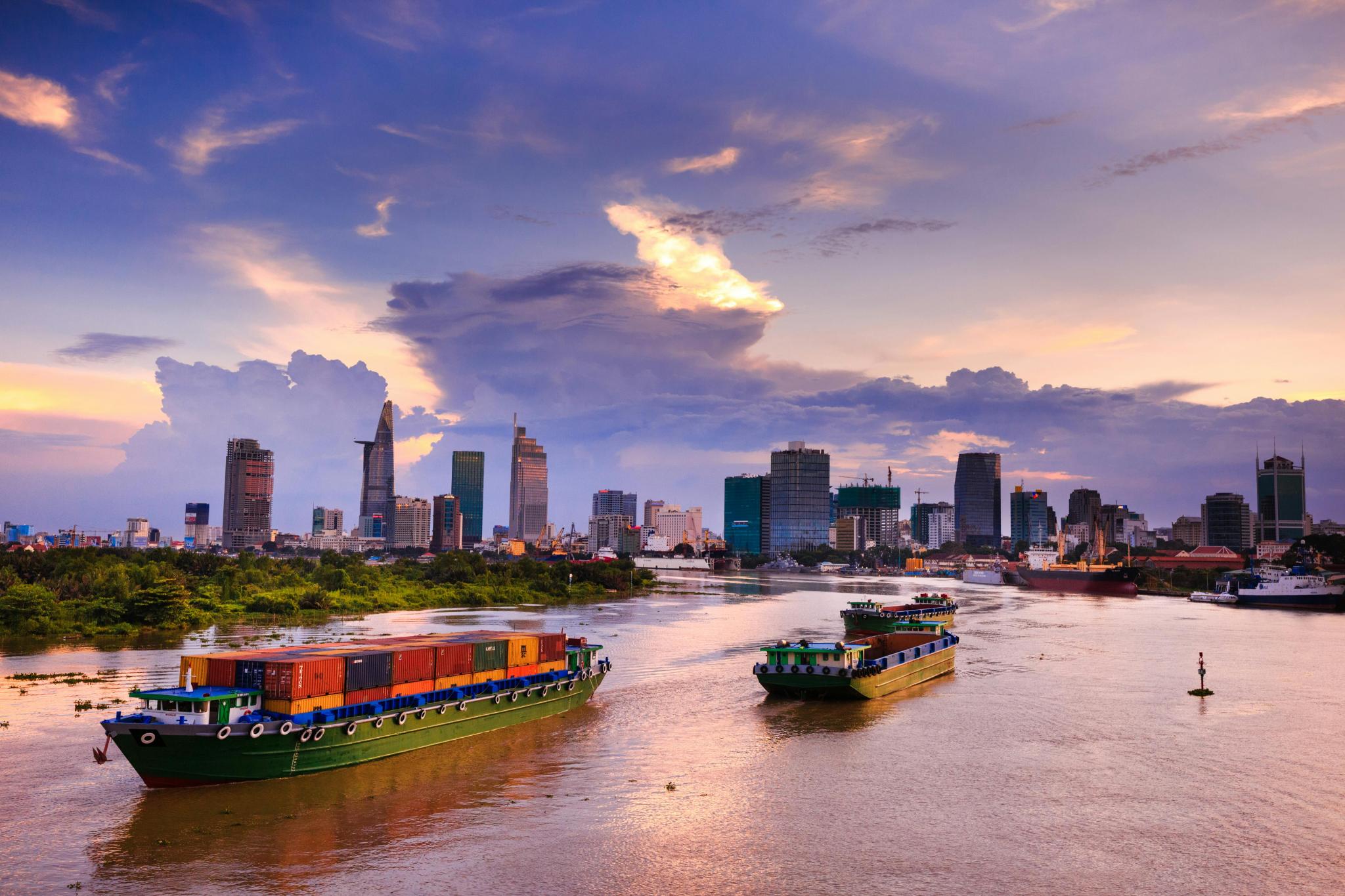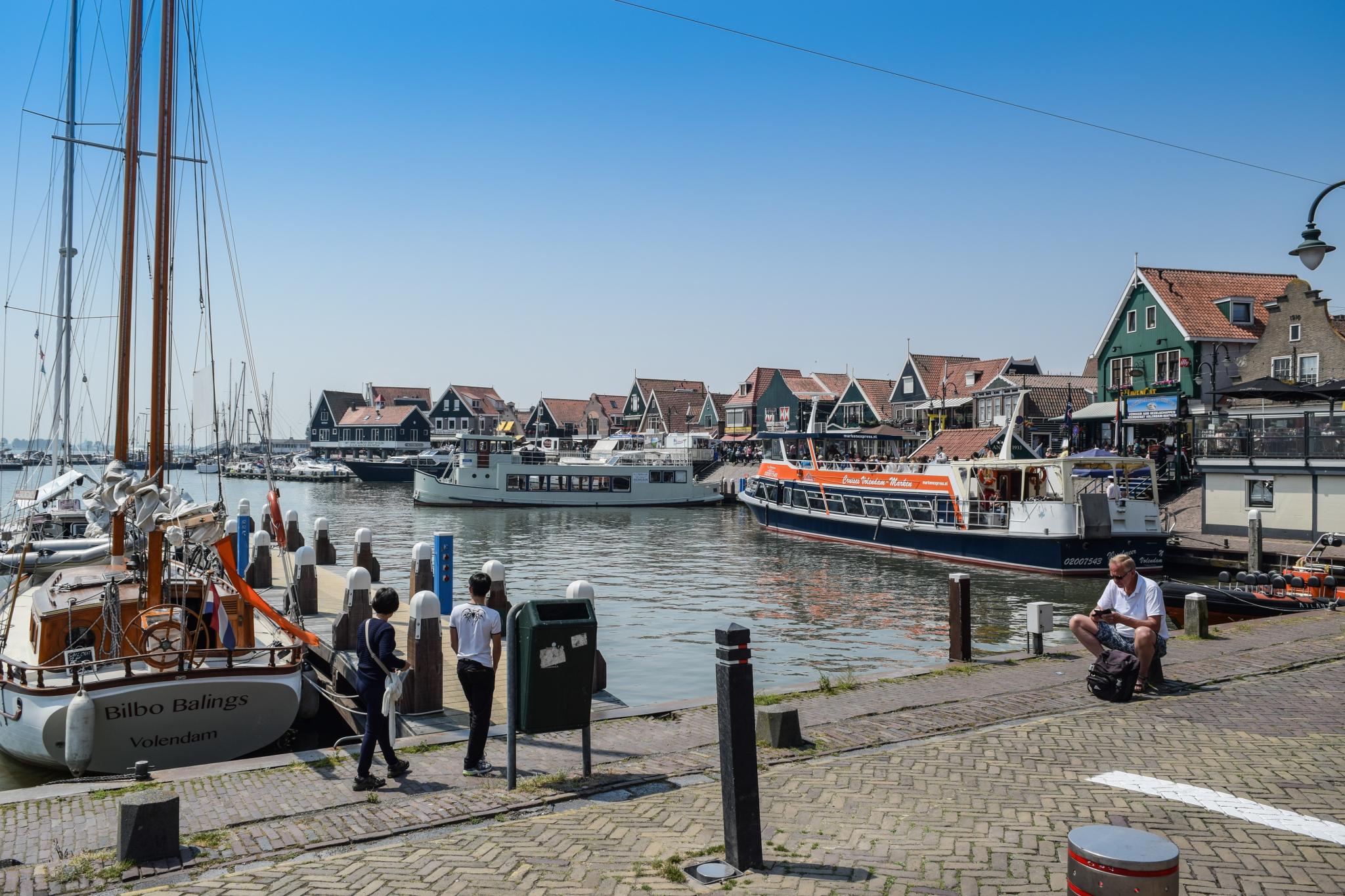
Small port cities exist along coastlines, rivers, lakes and other bodies of water, and are associated with smaller vessel types and capacities, smaller physical size and footprint, and less extensive infrastructure and facilities than larger ports. In terms of annual volume of goods handled, they are defined as ports handling less than 10 million tonnes of goods, while medium-sized ports were defined as those handling more than 10 million tonnes but not more than 50 million tonnes of goods. Ports are classified as small or medium (SMP) in relation to other ports within the same ecosystem or territory, along the same waterway or body of water, river basin or in the European context. The port of Cologne, for instance, is a small port in a European context, but it is the largest inland port on the Rhine River after Duisburg. In contrast, the port of Duisburg is the world's largest inland port, yet it is relatively small in comparison to major coastal ports. Europe's largest passenger port is Messina on the Italian island of Sicily, yet ports specializing in passenger transit are generally much smaller in size than cargo ports. Smaller ports may also specialize in fisheries, tourism or the military; they may be privately owned or part of a port cluster. They may also cooperate with larger ports in the same territory, such as the port of Moerdijk in the territory of Rotterdam. The size of the port does not indicate the size or importance of the adjacent city. Cities adjacent to small and medium-sized ports may be large or small, dense or dispersed, close to inland territories or islands. Smaller ports may have lost their importance (in relation to others) over time, such as the historic ports of Lisbon and Bordeaux.
Although the ports may be relatively small, they nevertheless play a key role as transshipment points for goods and people in the territory. They support local or regional economies, facilitate trade and provide access to waterways for smaller vessels. On the other hand, the impact of a small port on the territory can be significant and negative, for example in terms of air and water pollution. Together, these small ports form an important spatial, social and economic group that is under-researched and in need of comprehensive planning and policy advice. Small port cities face infrastructure limitations, financial constraints and intense competition in comparison to large port cities. These ports face challenges in upgrading their infrastructure, complying with regulations, and attracting shipping traffic.
Research questions related to small ports include: What are their opportunities for cooperation or upscaling? What are their challenges in terms of energy transition, sustainability, and institutional/policy making?
The research focuses on long-term development, both past and future, and on a large scale (e.g., comparative research on European river port cities) as well as on a smaller scale (a specific port city), but they are always studied in relation to their regional/territorial context.

Relevant Research:
- Port City Atlas: Mapping European port city territories. From understanding to design. Carola Hein/ Yvonne van Mil, 2023
- Ranking port cities around the North Sea. Yvonne van Mil/ Reinout Rutte, 2021. https://www.cogitatiopress.com/urbanplanning/article/view/4099/2194
- Steden aan de Noordzee. Reinout Rutte/ Yvonne van Mil, 2022. https://bulletin.knob.nl/index.php/knob/article/view/758
Relevant Projects:
-
Ranking port cities around the North Sea. Reinout Rutte/ Yvonne van Mil, 2020-2021.
-
River Port City Atlas: ongoing project (not yet published). Yvonne van Mil/ Lukas Höller/ Carola Hein, 2023-2025.
-
Case study for Rijkswaterstaat for a spatial analysis of the Waal/Spiegelwaal area in Nijmegen. Carola Hein, Yvonne van Mil/ Mattia De Lotto/ Matteo D'Agostino/ Léa Kayrouz, 2024.
-
Water Heritage Atlas: ongoing project (not yet published) based on the UNESCO HUL mapping approach. Yvonne van Mil/ Mees van Rhijn/ Carola Hein, 2024-2026.





